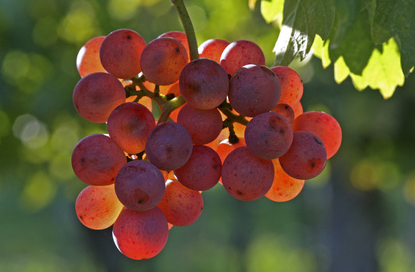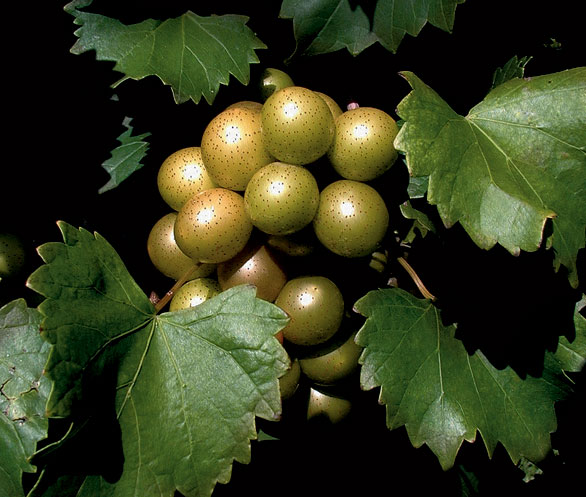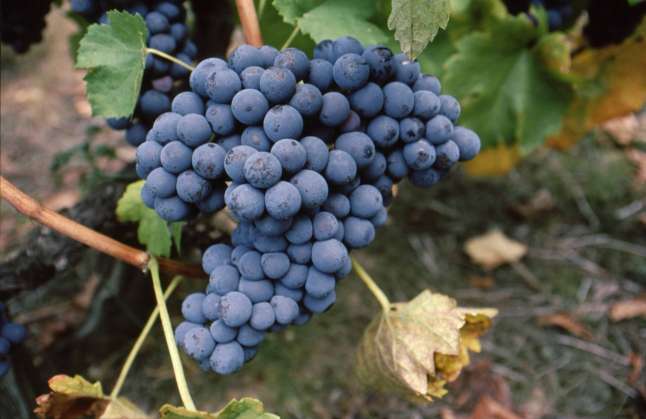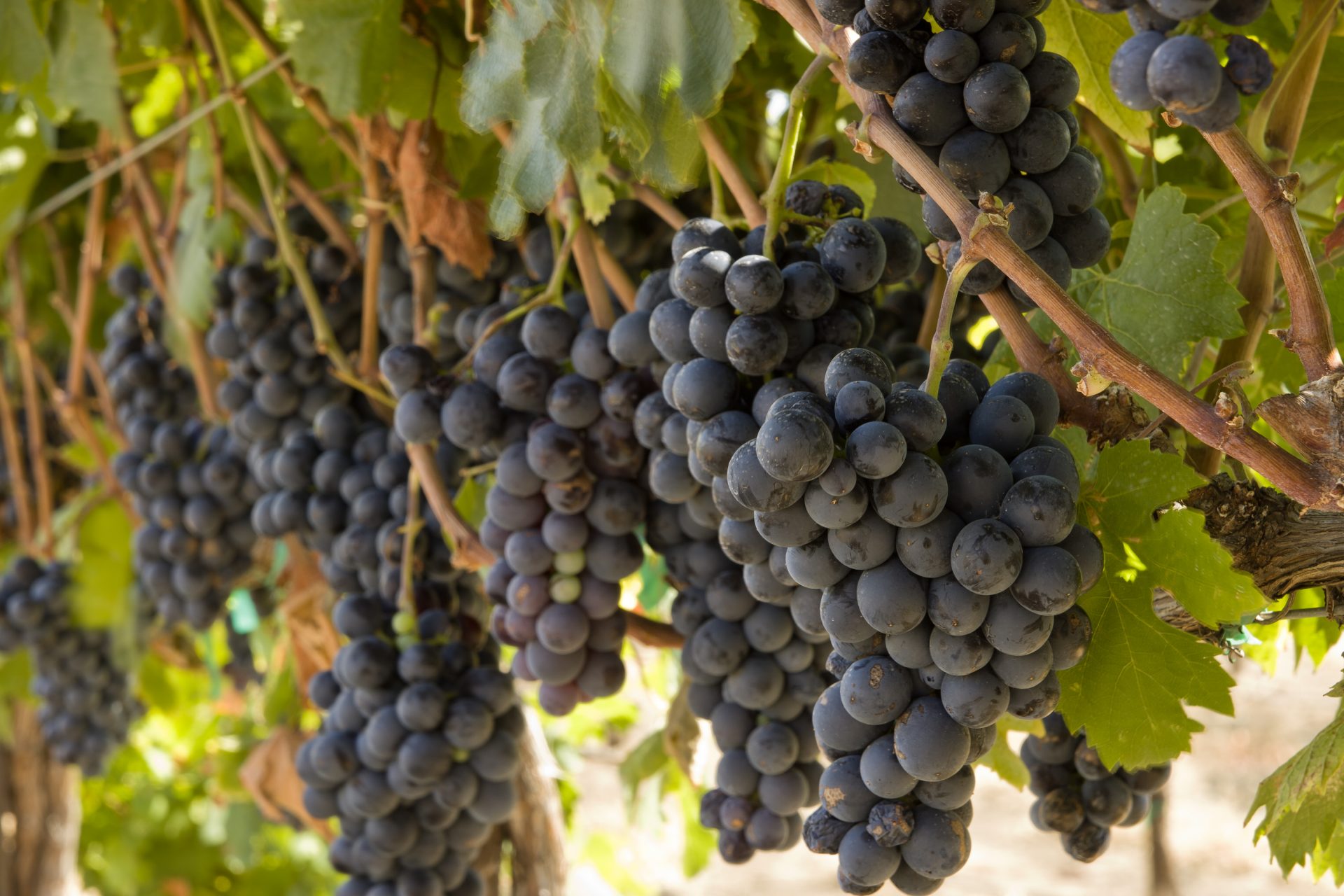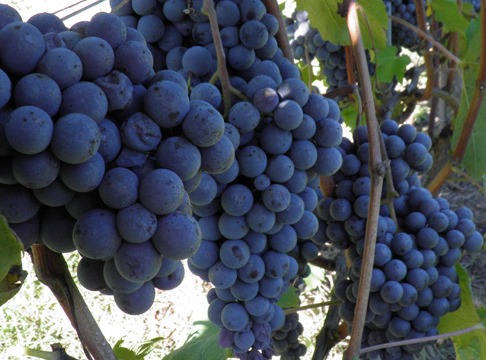Forever the champions of obscenely obscure varietals, the Rotgipfler has long been a favourite of ours, and one that you’d been extremely hard-pushed to find in our market on a good day. A cursory LCBO product search turns up exactly… nada.
LCBO buyers would probably argue that there’s not enough of it around for them to warrant bringing it in, and they’d be right about the tiny amounts produced, with only 118.42 hectares (292.6 acres) of Austrian vineyeards planted to the grape in question in 1999. Plantings are actually decreasing, with Rotgiplfer today making up only 0.2% of Austrian land under vine.
Named for the vine’s reddish-brown shoots (or some say the tips of the leaves), the grape is a natural crossing of Traminer (AKA Savagnin) and Roter Veltliner. and only really thrives in the warm, south-facing, calcareous-based soils of the Gumpoldskirchen district of Austria’s Thermenregion, located in the eastern part of the country, just south of Vienna.
In the Thermenregion it is often blended with another Good Food Revolution favourite, Zierfandler (also known as Spätrot), to create what is known as Spätrot-Rotgipfler. Although most think of Rotgipfler as being a grape native to the Thermenregion, there is some argument that the grape actually originates in Styria.
Despite being thoroughly dismissed by Jancis Robinson MW (she refers to it as “ponderous”) in favour of the much-easier-to-cultivate Zierfandler (Rotgipfler is notoriously susceptible to both wind-chill and botrytis), a small number of producers feel that this lesser-known wonder of Austria is more than capable of standing on its own, and my palate is all the happier because of that. Try to track down examples from Stadlmann if you can.
If yields are allowed to run riot, the Rotgipfler makes for some seriously mediocre wines… BUT with carefully managed yields the grape is responsible for some cracking wines, the better examples being full-bodied, higher in alcohol, exhibiting some serious acidity, crazy amounts of extract bringing a delectable textural quality, and being amazingly age-worthy, with most being consumed way before they are at their zenith.
Give the old Rotgipfler some love if you can find any of the bloody stuff!
…
 Edinburgh-born/Toronto-based Sommelier, consultant, writer, judge, and educator Jamie Drummond is the Director of Programs/Editor of Good Food Revolution… And he’s always been a bit of a fan of this outsider varietal.
Edinburgh-born/Toronto-based Sommelier, consultant, writer, judge, and educator Jamie Drummond is the Director of Programs/Editor of Good Food Revolution… And he’s always been a bit of a fan of this outsider varietal.

